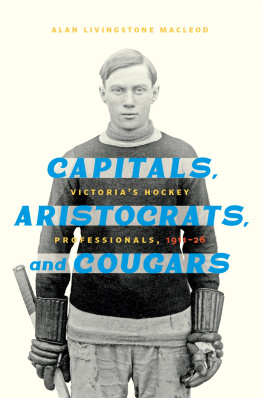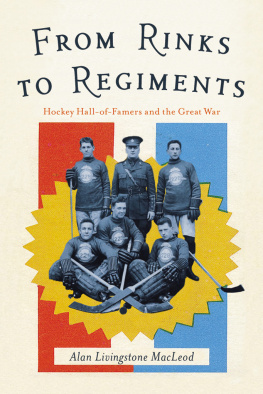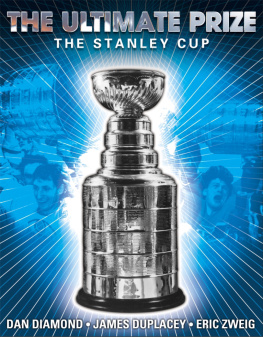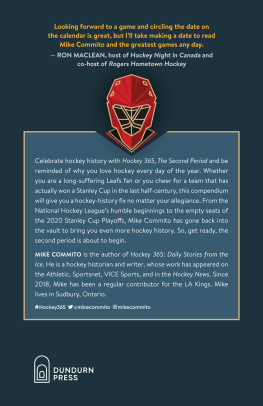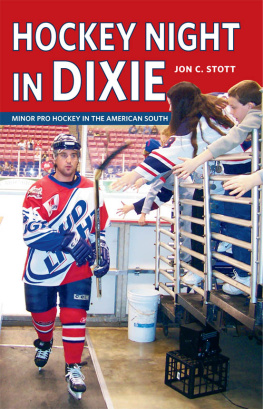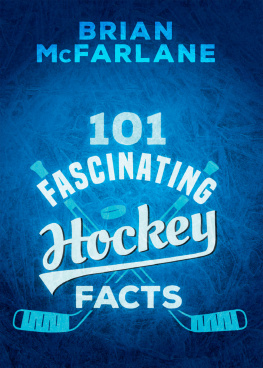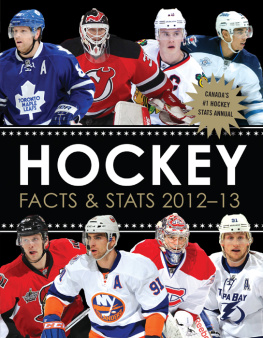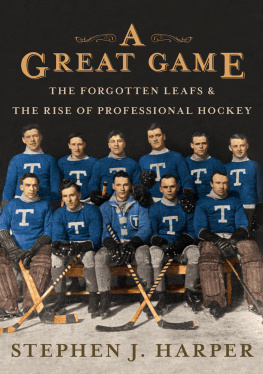Copyright 2021 Alan Livingstone MacLeod
All rights reserved. No part of this publication may be reproduced, stored in a retrieval system, or transmitted in any form or by any meanselectronic, mechanical, audio recording, or otherwisewithout the written permission of the publisher or a licence from Access Copyright, Toronto, Canada.
Heritage House Publishing Company Ltd.
heritagehouse.ca
Cataloguing information available from
Library and Archives Canada
978-1-77203-373-1 (paperback)
978-1-77203-374-8 (ebook)
Edited by Karla Decker
Cover design by Jacqui Thomas
Interior design by Setareh Ashrafologhalai
Cover photograph: Tommy Dunderdale, courtesy David MacDonald
The interior of this book was produced on 100% post-consumer paper, processed chlorine free and printed with vegetable-based inks.
Heritage House gratefully acknowledges that the land on which we live and work is within the traditional territories of the Lkwungen (Esquimalt and Songhees), Malahat, Pacheedaht, Scianew, TSou-ke, and WSNE (Pauquachin, Tsartlip, Tsawout, Tseycum) Peoples.
We acknowledge the financial support of the Government of Canada through the Canada Book Fund (CBF) and the Canada Council for the Arts, and the Province of British Columbia through the British Columbia Arts Council and the Book Publishing Tax Credit.

Printed in Canada

In memory of Frank Fredrickson, 18951979
Flier, Royal Flying Corps and Royal Air Force, First World War
Leader of the first Olympic gold-medal hockey team, 1920
Leader of the last non-NHL team to win the Stanley Cup, 1925
Friend to Albert Einstein, 1933
Member of the Hockey Hall of Fame, 1958
CONTENTS
PREFACE
ON THE LAST day of March in 1925, a headline in inch-and-a-half type stretched across the front page of the Victoria Daily Colonist from one margin to the other: Cougars Win Stanley Cup. Accompanied by a photograph of a dozen seated and standing men, all facing the camera, the first of four subheadings reported that VICTORIAS OWN ARE WORLD HOCKEY CHAMPIONS. The evening before, the Victoria Cougars had defeated the Montreal Canadiens by a margin of 6-1 to win the Stanley Cup. In the Daily Colonists view, the Victoria hockey players had thereby upheld the honour of the city in a crucial conflict.
Eleven of the men in the photo wear matching sweatshirts. The twelfth man, standing tall in the middle at the back, is dressed in a suit and tie, looking more formal than the others. He is Lester Patrick, the owner, operator, manager, and coach of the Cougarsand sometime player too. With his younger brother, Frank, he also founded the Pacific Coast Hockey Association (PCHA), the major professional hockey league the brothers had established in collaboration with their father, Joe, in 1911 in order to compete with the National Hockey Association (NHA) for recognition as the best hockey league in the world. The Stanley Cup victory of 1925 was the culmination of the Patricks vision and, though no one realized it at the time, a milestone event that still resonates nearly a century later.
In part, the subject of this book is the cast of characters Lester Patrick assembled to deliver his dream of making Victoria a hockey mecca. From 1911 through 1925, some forty-nine men took their turn as players with the Victoria hockey professionals. Some played only a single season in Victoria, some just a few games, but several played season after season. A good number of these players flourished in Victoria. Seven of the men did so well they would one day be awarded a place in the pantheon: members of the Hockey Hall of Fame, the very best to have ever played the game.
Who were these men, not just the Hall of Fame players but the entire cast who had taken their part in the drama leading to the 1925 triumph? That is one question addressed in this book.
There are other questions. What was the context in which these hockey players went about their business? What was the milieusocial, cultural, politicalin which they played? What did the people of Victoria care about in the second and third decades of the twentieth century? Who were their heroes? Their villains? What worried them? What inspired them? Where did they turn for relief from daily toil and trouble? Where did they find entertainment and edification?
Though the Stanley Cup victory was the big story in Victoria at the end of March 1925, there was other news for the people of the city to contemplate. The front page of the March 31 edition of the Daily Colonist reported that a collapse in the price of wheat was causing distress among Canadian prairie farmers. Post-war Germany was in political turmoil over how to deal with the wreckage of the war and what to do about the burdensome reparations imposed by the winning side of the conflict. In British Columbia, members of the provincial legislature worried about immigration from China and Japan (referred to by the racist term yellow peril) and what to do about it. In a more lighthearted vein, the paper reported that the city had been invited to take part in the annual spring tulip festival in the neighbouring city of Bellingham, Washington. Spring had sprung.
Local politicians and the people of the city put together a celebration to honour their hockey heroes. Ordinary people pitched in to pay the cost of striking medals to bestow on the players. A huge crowd gathered in the Board of Trade auditorium to laud the men who had brought such great glory to the city.
In the fifteen years leading up to the 1925 pinnacle, Lester Patrick had called upon a varied cast to help him get there.
One man was an Australian who had come to Canada as a boy and mastered the skills enabling him to lead Victoria in scoring for four different seasons. Another was an effective player despite being profoundly deaf. Fans and teammates called him Dummy or Silent, and so did the citys newspaper. A Regina lad spent time as an inmate at Alcatraz, the notorious prison near San Francisco, the price he paid for failing to comply with demands that he register for the US wartime draft.
Ten of the Victoria players had served as Canadian soldiers during the Great War, either as volunteers or conscripts. Two of these were bona fide war heroes, soldiers awarded medals for gallantry. Perhaps the most consequential of Lester Patricks hockey recruits had been an airman in the Royal Flying Corps who went on to lead the Canadian team to the first Olympic hockey gold medal. In his six years in Victoria, he led his team in scoring every season.
Foraging through the pages of the Daily Colonist in the years 1911 through 1926 delivers a kind of time travel, a journey accompanied by delight, discovery, dismay, surpriseeven amazement. The Colonist is the oldest newspaper in British Columbia. It was established in 1858, eight years before the British colonies of Vancouver Island and British Columbia were joined and thirteen years before BC joined the Canadian Confederation.

